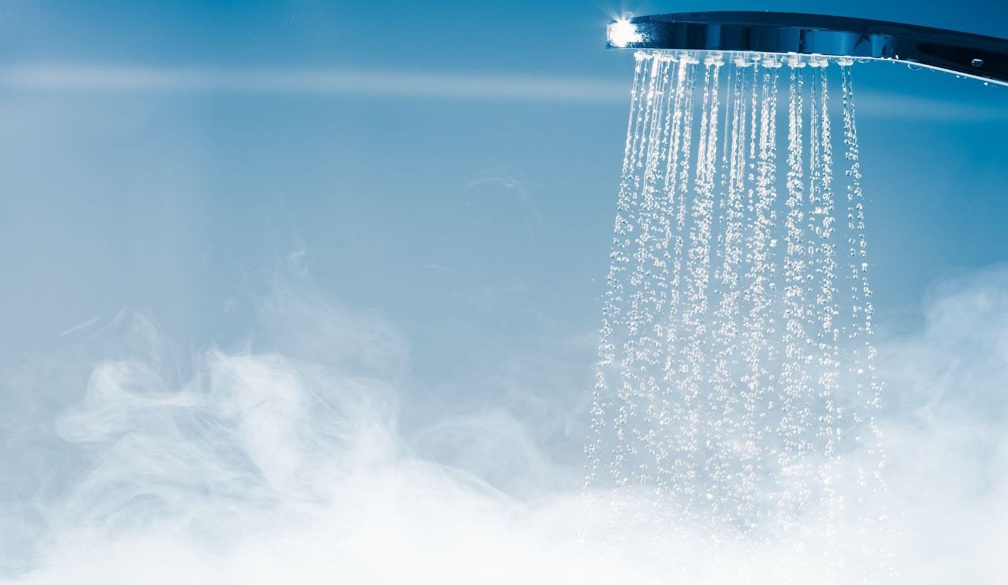Electric vs Gas Hot Water Systems: A Comparative Guide for Australian Homes
- Written by Daily Bulletin

Choosing the right hot water system is a crucial decision for Australian homeowners. With everyday reliance on hot water for cleaning, cooking, and bathing, selecting an efficient and cost-effective solution is paramount. Two popular options available are electric and gas hot water systems. While both types fulfil the basic need, they differ significantly in efficiency, cost, and environmental footprint – all essential factors for those keen on smart energy choices. This guide aims to equip homeowners with the knowledge to make informed decisions that best suit their unique circumstances.
Understanding Electric Hot Water Systems
Electric hot water systems are ubiquitous in Australia, offering reliability and ease of access. These systems heat water using electrical resistance elements or heat pumps, and are generally categorised into storage tanks and instant (or continuous) systems. The key advantage of electric systems is their widespread availability. Almost every household is connected to the electricity grid, making these systems easily accessible. The installation costs are often lower initially than gas systems because there's no need for a gas connection or specific venting.
However, it's essential to weigh the downsides. Electric hot water systems tend to consume more power, impacting running costs. Energy tariffs can significantly increase operational expenses, especially for older systems. Moreover, during power outages, you'll find yourself without hot water. Standard electric hot water systems in Australia include electric storage units and electric instant systems, each catering to different household needs and sizes.
Exploring Gas Hot Water Systems
On the other hand, gas hot water systems operate by burning natural gas or LPG to heat the water. These systems are renowned for their efficiency and often lower operational costs, especially when natural gas is readily available. A distinct advantage of gas systems is the potential for lower ongoing expenses than electric systems.
The installation can be expensive, considering the need for a gas line and potentially complex venting solutions. Moreover, in rural areas, access to natural gas might be limited, driving homeowners to opt for LPG, which can be costlier in the long run. Despite these challenges, gas systems like the continuous flow or gas storage varieties remain popular. They offer quick heating, meeting high-demand scenarios without fuss.
Cost Comparison: Electric vs. Gas Hot Water Systems
Financial considerations often play a pivotal role in deciding between electric and gas hot water systems. Initially, electric systems tend to be cheaper to install, as they don't require the infrastructure required by gas systems. But it's not all about initial costs; long-term operational and maintenance expenses can sway the decision.
Electricity tariffs fluctuate, impacting how much you spend on keeping your water hot. Gas, being generally cheaper than electricity, offers savings on running costs. Additionally, government incentives and rebates for energy-efficient appliances can offset costs for both systems. Being aware of these programs can significantly influence your overall investment in a hot water system.
Environmental and Efficiency Considerations
When considering sustainability, the environmental impact of each system type cannot be ignored. Electric hot water systems traditionally have a larger carbon footprint due to their reliance on electricity, which is still significantly generated from fossil fuels in many regions. Gas, although fossil fuel-based, often results in lower emissions during operation.
Looking at energy efficiency ratings can guide consumers towards more sustainable choices. Renewable energy sources, like solar photovoltaics, can be compatible with electric systems, bolstering their green credentials. Furthermore, homeowners increasingly consider their carbon footprint in efforts toward sustainable living. In this regard, selecting energy-efficient models is a critical step towards environmentally responsible home management.
Choosing the Right System for Your Home
The decision on which system to install should be informed by a variety of factors. Consider your household size and typical water usage; larger families generally require more robust systems. Your location also plays a vital role, as the availability of either natural gas or a consistent electricity supply will affect your choice.
Experts recommend evaluating your specific needs and preferences before committing to a system. Climate zones further influence the efficiency of hot water systems. For example, heat pump electric systems may not perform optimally in cooler climates, while gas systems might face shortages in off-grid areas.
Additional features, like timers for off-peak usage or smart controls for remote operation, can also influence your decision. Understanding how big your hot water system should be is crucial, as it directly impacts both operability and cost.
Conclusion
Both electric and gas hot water systems offer distinct benefits and challenges. While electric systems score on availability and lower installation costs, their running costs can be hefty. Gas systems provide efficiency and operational cost benefits but require a higher initial investment.
Homeowners should thoughtfully consider their current and future needs, placing emphasis on energy efficiency and sustainability. Making an informed choice now can save costs and environmental impact in the long run. For a comprehensive evaluation of options, consulting local experts or resources is advised to tailor the perfect hot water system for your home’s specific needs.



